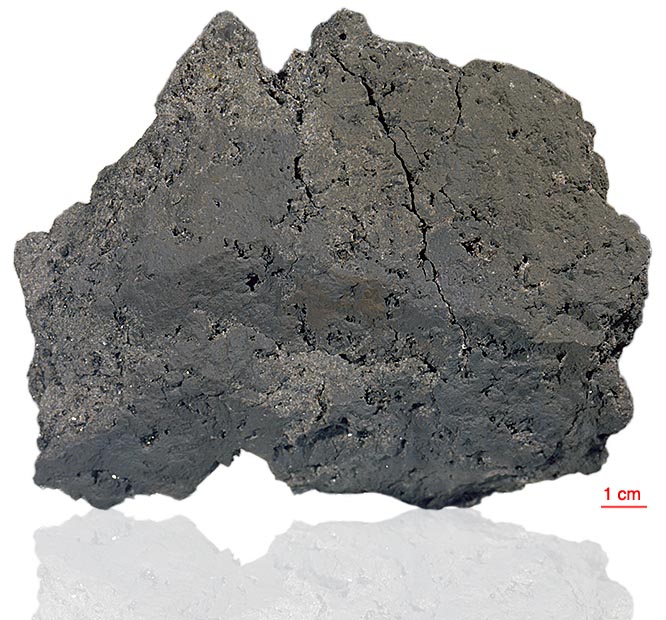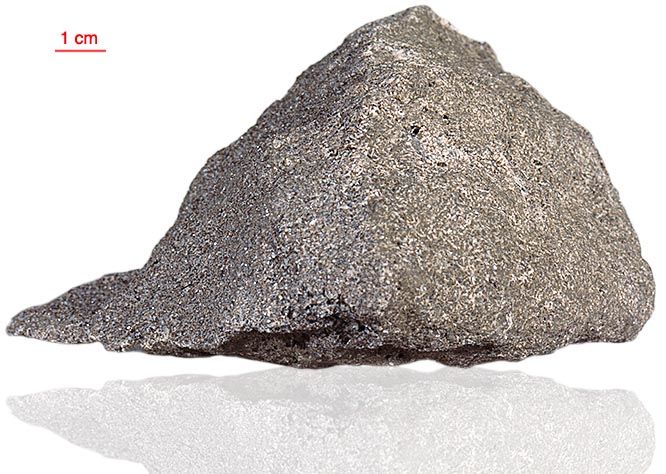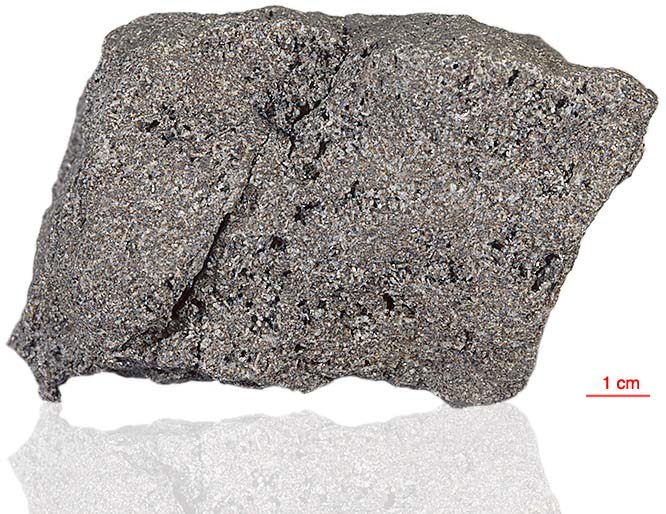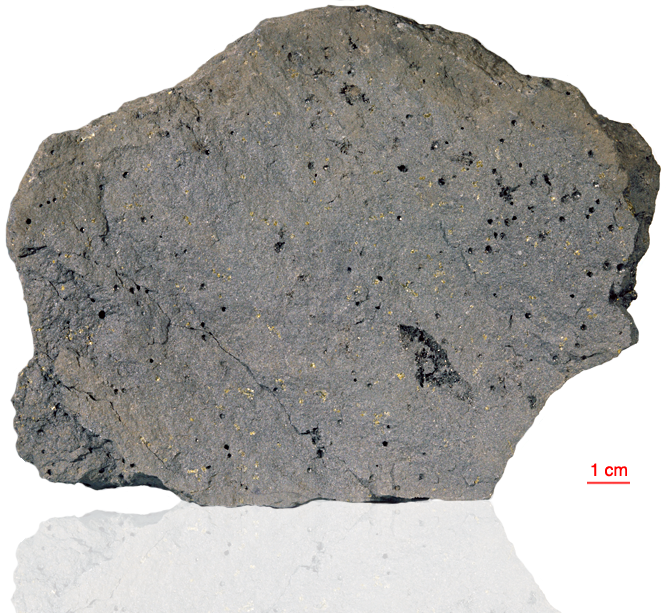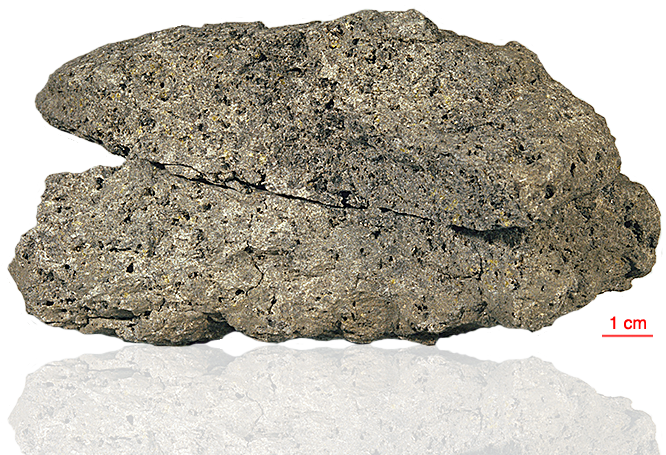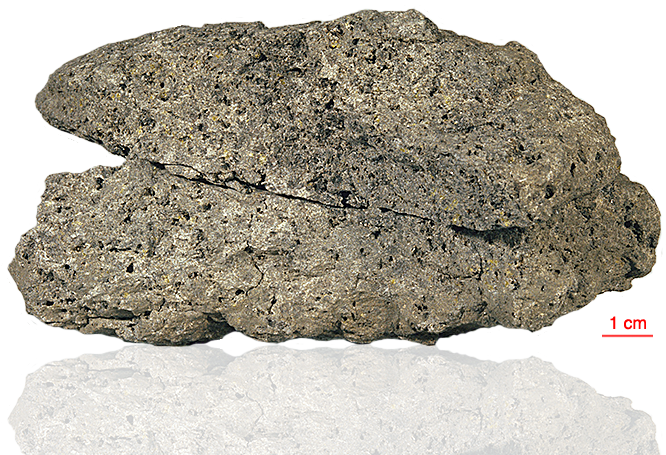79175 (48) Regolith Breccia
Collection:
Apollo 17
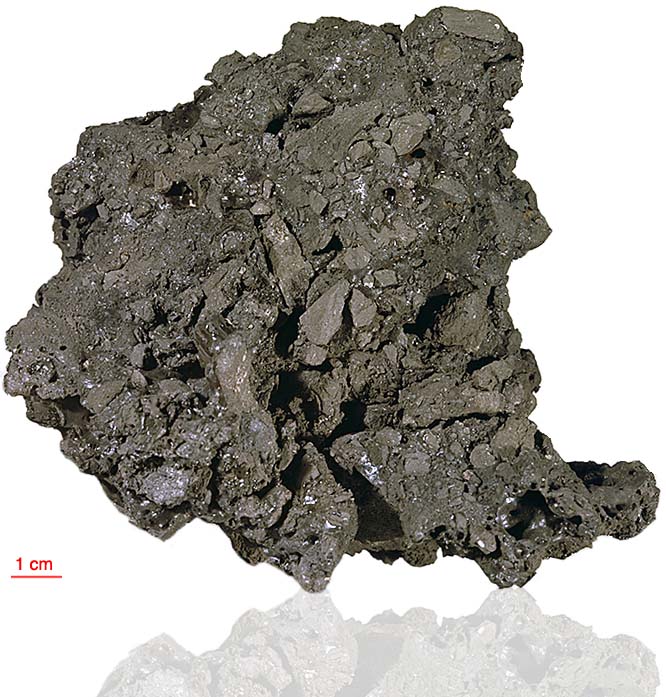
Click the microscope button to view a
thin section for this sample.
MicroscopeClick the microscope button to view a thin section for this sample.
MicroscopeFact sheet
79175 (48) Regolith Breccia
| 79175 is a polymict breccia with fragments of regolith breccia cemented together in a glassy matrix – something like a giant agglutinate. 66% of the sample is matrix. A considerable part of the glassy content has been devitrified. The glass is ropy and permeates the rock, welding clasts of soil breccias, basalt (coarse and fine grained) and other clasts into a coherent mass. The glass varies from fresh and vitreous to dull and aphanitic. The sample is poorly studied. Rotation 1 shows a small granulitic clast and rotation 2 shows two tiny pyroxene clasts either side of a small olivine clast. The sample weighed 677.7 grams before analysis and has not been dated. Further details of this and other Apollo samples are here: http://curator.jsc.nasa.gov/lunar/ Note: this sample is thick, so normal polarisation colours are not seen. |
About this collection
Apollo 17, the final manned landing mission, had two objectives: to obtain samples of ancient rocks from the lunar highlands and to look for evidence of younger volcanic activity on the valley floor.
This small Collection contains material deriving from both periods, including igneous rocks around 4.3 billion years old from the lunar highlands as well as younger volcanic samples dating from about 3.6 billion years ago.
Apollo 17 was launched on 7 December 1972.
Sample details
Collection: Apollo 17
Type
metamorphic
Rock-forming mineral
olivine
pyroxene
plagioclase
glass
Accessory minerals
ilmenite
troilite
metallic iron
We would like to thank the following for the use of this sample:
